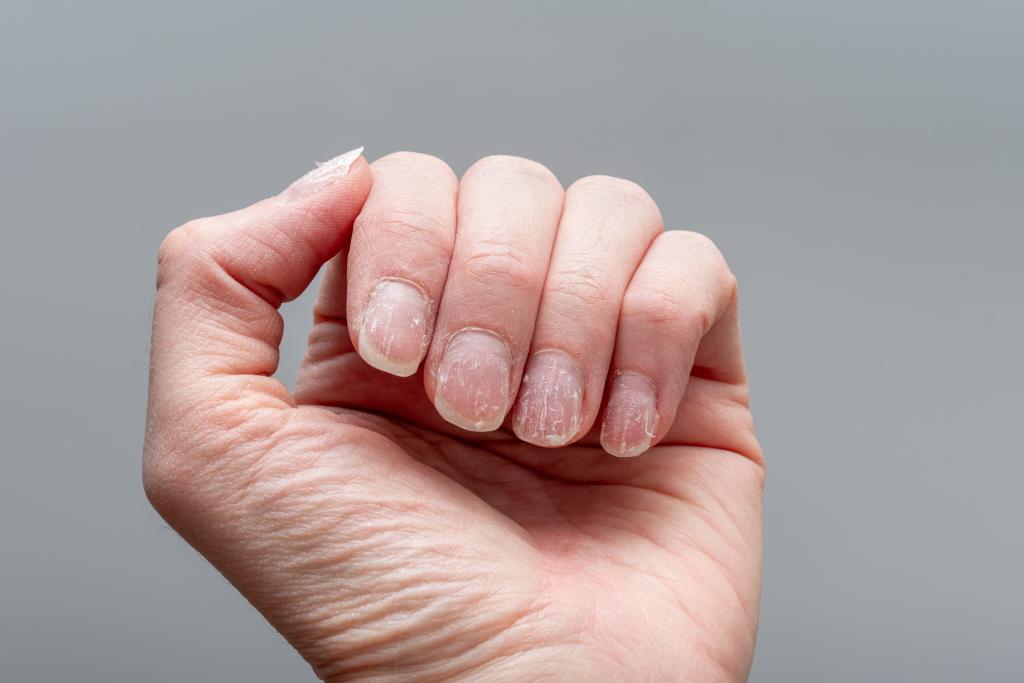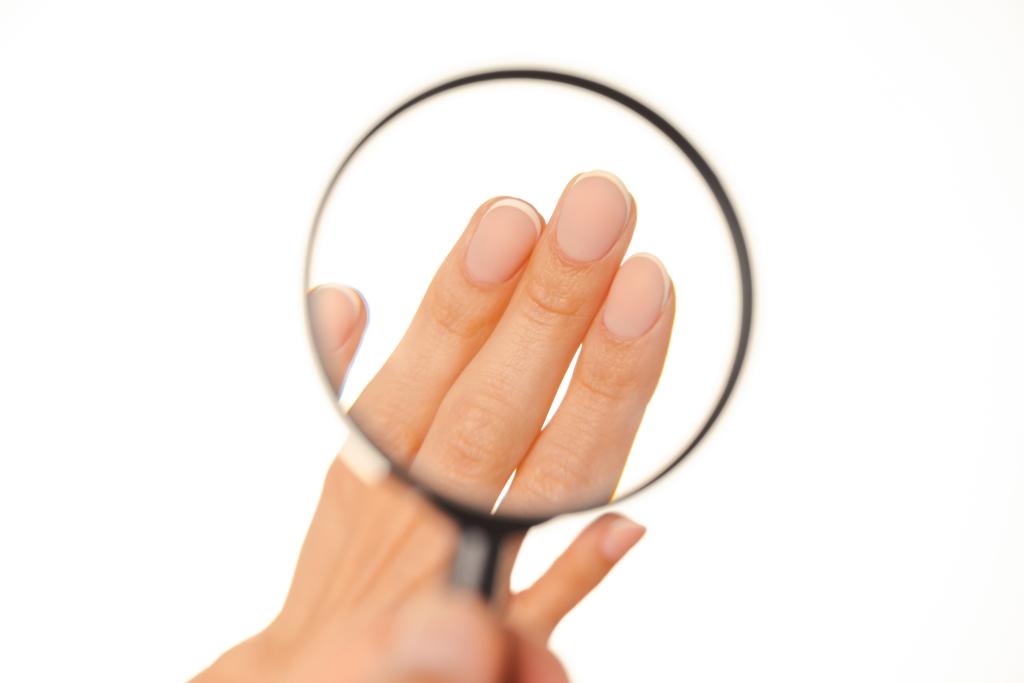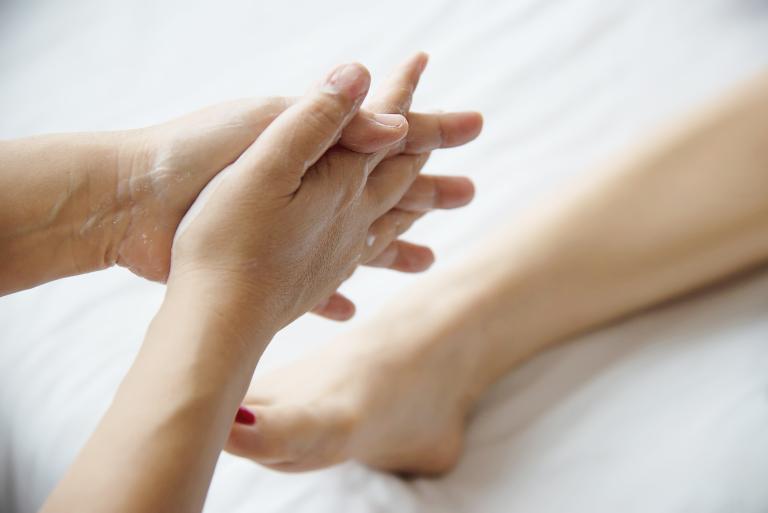Nail disorders are common and can affect both the appearance and health of the nails. They may cause changes in colour, shape, or thickness, and can result from conditions such as fungal infections, psoriasis, eczema, trauma, or other underlying medical issues.
Because nail problems can look similar but have very different causes, it’s important to have them properly assessed. Our dermatologists can help diagnose the cause and recommend the most effective treatment.

Common nail disorders:
Nail disorders can affect the appearance and health of your fingernails and toenails. Some common nail conditions include:
-
Nail psoriasis: Causes pitting, discoloration, thickening, and separation of the nail from the nail bed.
-
Fungal infections (Onychomycosis): Leads to thickened, brittle, discolored nails, often yellow or white.
-
Ingrown nails: Occur when the nail grows into the surrounding skin, causing pain, swelling, and sometimes infection.
-
Nail trauma: Injuries to the nail can cause bruising, ridges, or nail loss.
-
Paronychia: Infection of the skin around the nail, leading to redness, swelling, and tenderness.
-
Nail ridges and changes: Can be caused by aging, nutritional deficiencies, or underlying health issues.
If you notice changes in your nails, it’s important to consult a healthcare professional for accurate diagnosis and appropriate treatment.
What can be done for my nails?
Investigation of nail disorders may include nail clippings, scrapings, or culture to check for fungal infection, as well as biopsies if there is concern about more serious conditions such as nail melanoma or other malignancies. Treatment depends on the cause and may involve antifungal creams or tablets, medicated lacquers, steroid treatments for inflammatory conditions, or minor surgical procedures. Early assessment is important, as prompt diagnosis and treatment can prevent complications and improve outcomes.






